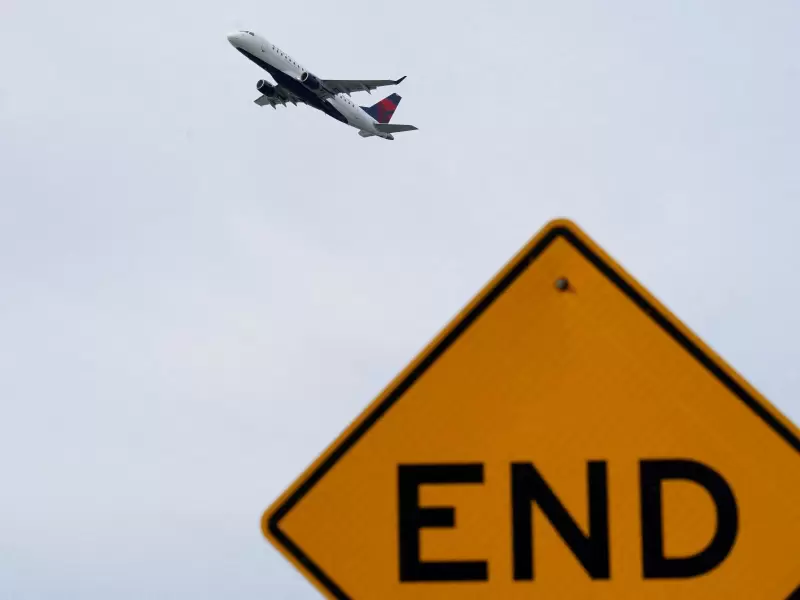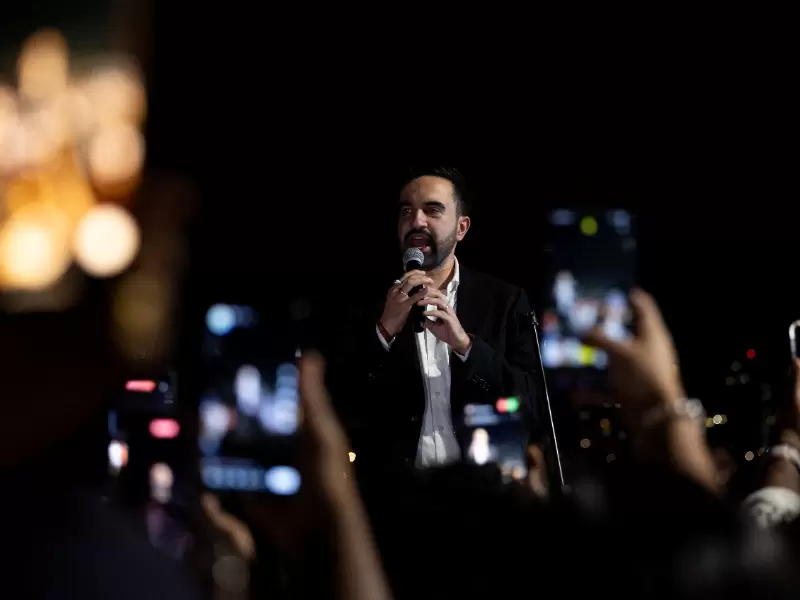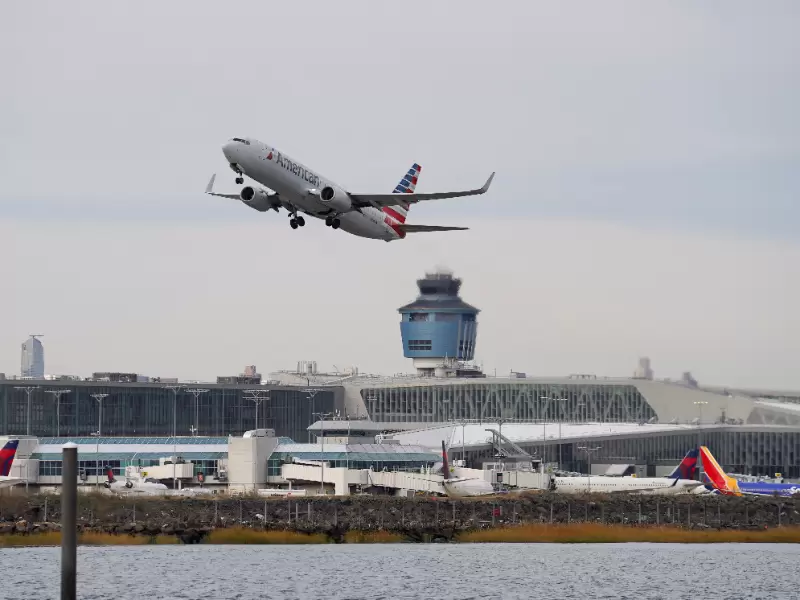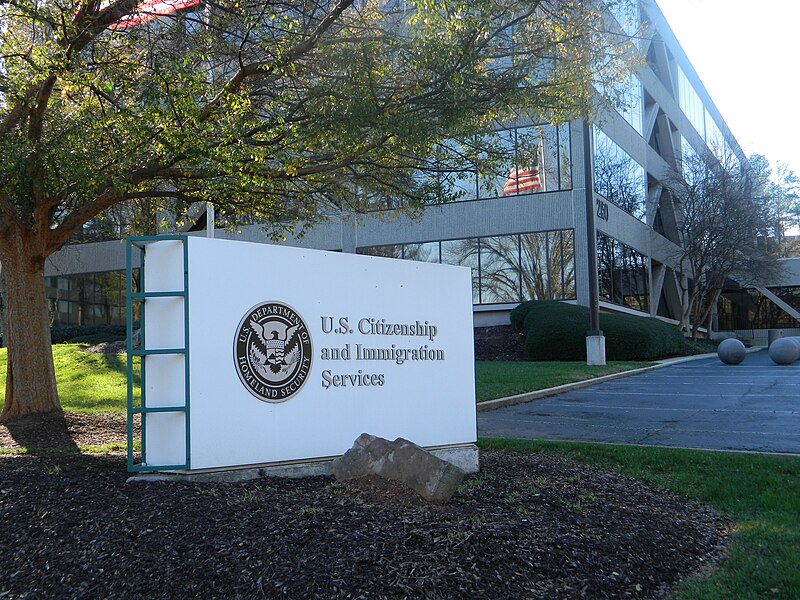US airlines cut hundreds of flights on Nov. 7 after FAA shutdown directive
American Airlines CEO Robert Isom does not expect significant disruption for customers from initial government-ordered flight reductions, he said on Friday, warning that increased cuts would be "problematic."
 An airplane takes off from New York's Laguardia Airport after the FAA ordered flight cuts at 40 major airports amid the ongoing U.S. government shutdown in the Queens borough of New York City, U.S., November 7, 2025. / REUTERS/Ryan Murphy TPX IMAGES OF THE DAY
An airplane takes off from New York's Laguardia Airport after the FAA ordered flight cuts at 40 major airports amid the ongoing U.S. government shutdown in the Queens borough of New York City, U.S., November 7, 2025. / REUTERS/Ryan Murphy TPX IMAGES OF THE DAY
U.S. airlines on Nov. 7 scrambled to cut 4 percent of flights at 40 major airports after the government imposed an unprecedented cut to air travel, citing air traffic control safety concerns because of a record-setting government shutdown.
The cuts, which began at 6 a.m. ET (1100 GMT), include about 700 flights from the four largest carriers—American Airlines, Delta Air Lines, Southwest Airlines, and United Airlines—and are set to rise to 6 percent on Nov. 11 and then 10 percent by Nov. 14 if the shutdown does not end.
The cuts don't apply to international flights.
More cuts would be 'problematic', American Airlines
American Airlines CEO Robert Isom does not expect significant disruption for customers from initial government-ordered flight reductions, he said on Nov. 7, warning that increased cuts would be "problematic."
"This level of cancellation is going to grow over time and that's something that is going to be problematic," Isom told CNBC.
American told Reuters its 220 flight cancellations Nov. 7 impacted 12,000 passengers and, within a few hours, re-accommodated a majority of them.
Cuts will be smaller over the weekend as scheduled flight volumes decline.
United Airlines said half of its impacted customers were able to be rebooked within four hours of their original departure time. United, which canceled 184 flights on Nov. 7, will cut 168 on Nov. 8 and 158 on Nov. 9.
Transportation Secretary Sean Duffy on Nov. 5 had announced plans to cut 10 percent of flights starting Nov. 7 but said at a forum on Nov. 7 the "safety team said that could be even more disruptive" and instead opted to phase them starting at 4 percent.
Duffy said safety data was behind the move, including incidents of planes not maintaining separation and ground incursions.
"We've had more complaints from pilots that have said, 'Well, the controller is less responsive to me,' or 'Controllers seem to be more stressed,'" Duffy said. "The numbers are going in the wrong direction."
The Federal Aviation Administration did not publish the list of airports impacted until 7:30 p.m. ET on Nov. 6—less than 12 hours before the cuts took effect—and largely rejected concerns airlines raised after they received a draft order.
Airlines were also dealing with the fallout from continuing air traffic controller absences as the FAA slowed flights to address staffing issues. Earlier this week, FAA Administrator Bryan Bedford said 20-40 percent of controllers were not showing up for work on any given day.
During the record-long 38-day government shutdown, 13,000 air traffic controllers and 50,000 security screeners have been forced to work without pay.
The FAA on Nov. 7 was delaying flights at six airports amid a spike in air traffic controller absences.
The FAA is restricting space launches as well.
It also warned it could reject specific cuts if they disproportionately impacted certain communities and could cut up to 10 percent of general aviation flights at high-traffic airports if staffing issues arose.
ADVERTISEMENT
ADVERTISEMENT
E Paper
Video



 Reuters
Reuters









.jpg)

Comments
Start the conversation
Become a member of New India Abroad to start commenting.
Sign Up Now
Already have an account? Login